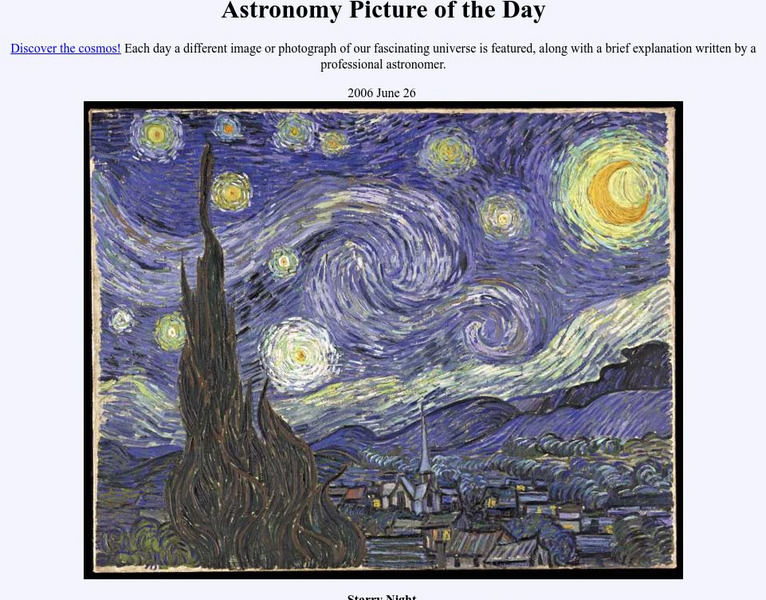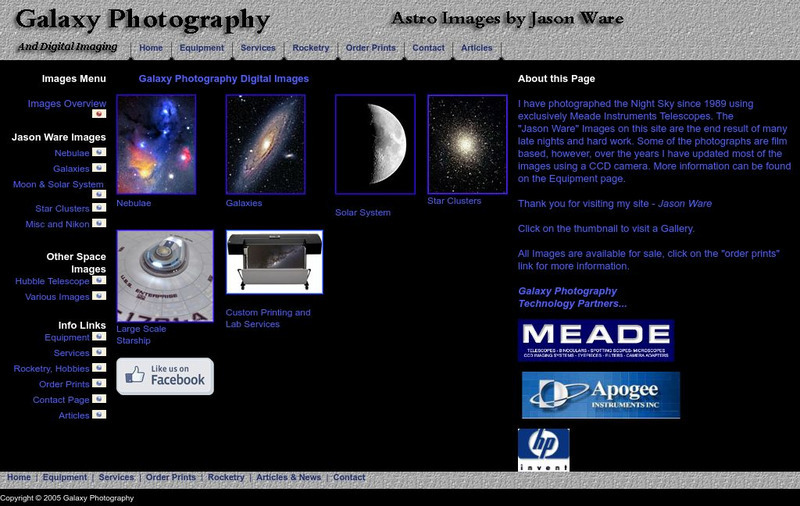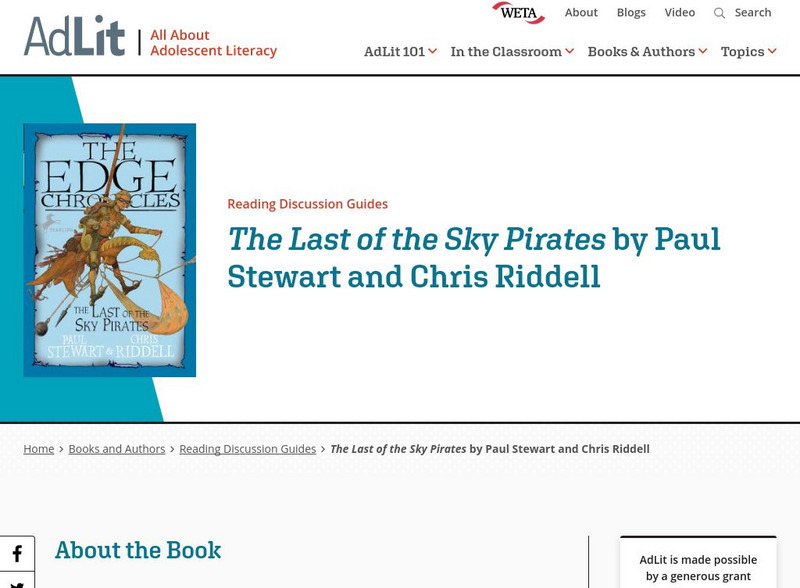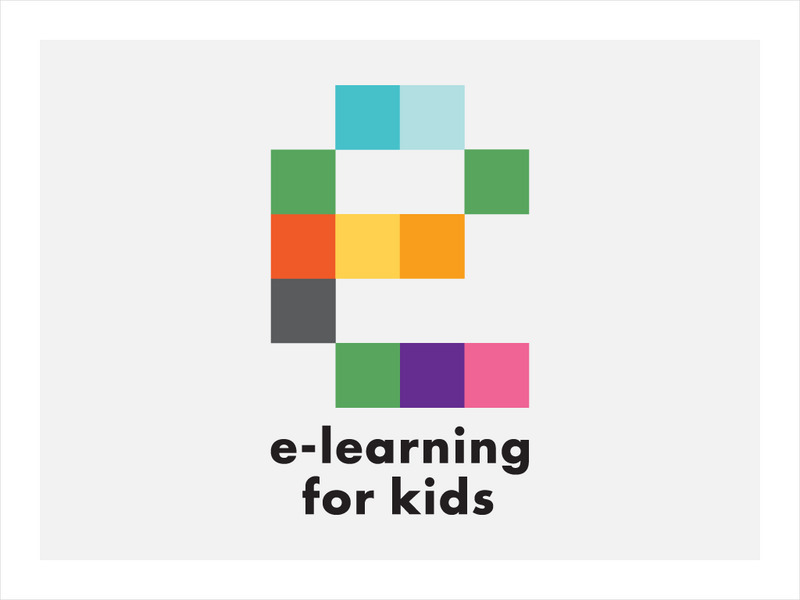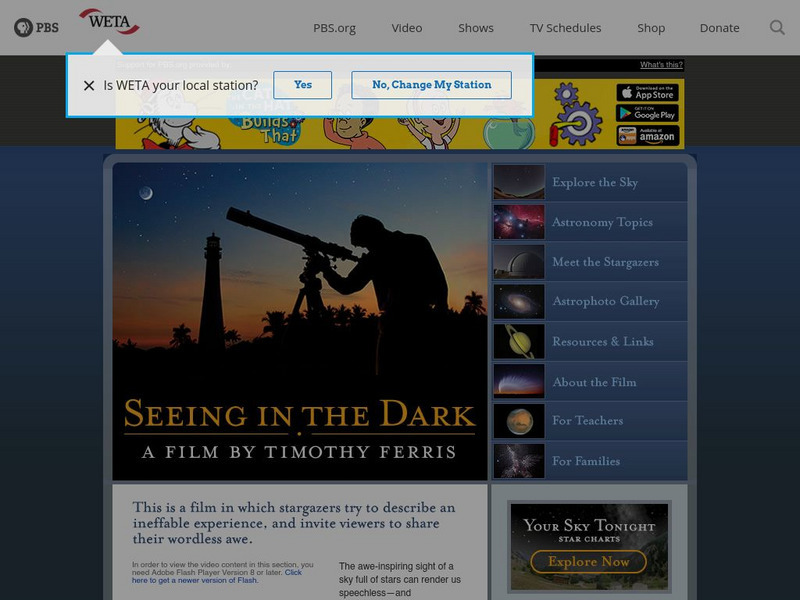Hi, what do you want to do?
BSCS Science Learning
Bscs: Globe at Night Dark Skies
For this inquiry, students predict the best place to stargaze in Arizona based on the brightness of the night sky. Students are introduced to the concept of light pollution and Globe at Night, a global citizen science project in which...
NASA
Nasa: Night Sky Network: Pocket Solar System
Individual or classroom activity helps students understand the solar system because they can visualize it. Extension resources are included.
Utah Education Network
Uen: The Night Sky
Learn about the rotation of the earth, the movement of the moon, and the position of the sun.
PBS
Pbs Learning Media: The Moon in the Sky
Students observe representational images and use as evidence to describe how the Moon is visible in the day and night sky. The digital slideshow is used to provide students with the opportunity to observe and describe how the Moon can be...
Other
Sea and Sky: The Constellations
Is that a lion in the sky? Find out what the constellations are, how they were named, and when stargazers might see specific ones throughout the year.
American Association of Physics Teachers
Com Padre Digital Library: Open Source Physics: Equatorial Coordinates Model
Using equatorial coordinates, observers will examine the position of a star over the course of the night sky in this simulation.
NASA
Nasa: Astronomy Picture of the Day: "The Starry Night" by Vincent Van Gogh
Discover why the scientists at NASA awarded Van Gogh's famous painting of the night sky, "The Starry Night," a spot on its astronomy-picture-of-the-day site.
Other
Galaxy Photography and Digital Imaging
A site for images and how to take images of the night sky. Backed by Meade, a maker of telescopes. Good information on equipment and techniques as well.
AdLit
Ad lit.org: Reading Discussion Guide: The Last of the Sky Pirates
Fifty years after Captain Twig severed the anchor chain securing the floating rock of Sanctaphrax to Undertown, all is not well in the great floating city or the urban sprawl of Undertown. Rook Barkwater is selected as a Librarian Knight...
Utah Education Network
Uen: Trb 3:1 Investigation 6 Celestial Model
Third graders will gain an understanding of why stars appear to move across the night sky.
E-learning for Kids
E Learning for Kids: Science: Egypt: Why Does the Sun Appear to Move Across the Sky?
Join Imhotep in his journey to figure out where the sun goes at night.
PBS
Pbs: Seeing in the Dark
While you won't find the full movie here, there are extensive learning opportunities available to discover the many stars in the sky. Students and teachers will find all sorts of activities, facts, and lessons.
Other
Center for Science Education: Eye on the Sky: What Makes Day and Night?
This activity will allow you to model day and night cycles. A rotating student holding a map (provided) models the earth. A lamp is used to model the sun. Numerous worksheets (pdf) and additional website resources are also provided.
Other
Bscs: Globe at Night Dark Skies
In this self-directed lesson, students investigate what contributes to light pollution using data from locations around the globe. A handout with everything the student needs to complete this lesson is available as a PDF or Google Document.
California Institute of Technology
Cool Cosmos: Ask an Astronomer
Explore the night sky with some help from Cool Cosmos. This site provides a list of the most frequently asked questions about the things we can see at night. Click on the question link and delve into the beauty of evening.
PBS
Pbs: Rough Science Island Observatory
PBS site asks users to imagine that they are stranded on a tropical island. Provides experiments for users to calculate time at night and to identify what is in the night sky.
ClassFlow
Class Flow: Moon and Sun
[Free Registration/Login Required] This flipchart could be a unit plan. It is broken down to observing and comparing the day and night sky, comparing the properties of the moon and the sun, and observing the pattern of the moon phases.
Albright-Knox Art Gallery
Albright Knox Art Gallery: 3 D "Special Space" Painting
Jim Dine's Child's Blue Wall combines sculpture and painting. It is both a realistic depiction of a child's bedroom and an abstract painting of a night sky. This lesson plan explores how Dine accomplished these two ideas in the same work...
Science Buddies
Science Buddies: Where Did All the Stars Go?
If you live in a big city or urban area it is hard to see many stars at night. In most urban areas only the most brilliant stars, planets and the moon can be seen. This is because of something called light pollution which is the...
Science Buddies
Science Buddies: Changing Constellations
Do you like to look up into the night sky? There are so many stars, it can be mind boggling. Some ancient people marked time by the changes in star patterns. We still use changes in constellation patterns to mark astronomical time. This...
Science Buddies
Science Buddies: Using a Digital Camera to Measure Skyglow
This is a great project for someone that is interested in both stargazing and photography. Bright city lights and even the light of the full moon obscure the dimmest stars, which can make identifying constellations more difficult. This...
Other
University of Leicester: Comets, Asteroids & Meteorites
Provides a general overview of comets, asteroids, and meteorites. Content includes ways to identify them in the night sky, as well as detailed information on each type of small body.
Science Buddies
Science Buddies: The Moon and the Stars
When you are in the city, only a few of the brightest stars are visible. But when you are in the country, you can see many more stars than you can count. Sometimes you can even see the bright belt of our galaxy, the Milky Way. In this...
Other
Sunaeon: Solar System Scope
Experience the solar system as you've never seen it before; up close and personal. Visit each planet by clicking on it, then selecting the play button to track its rotations through the calendar year. Watch the constellations move...
Other popular searches
- Day and Night Sky
- The Night Sky
- Night Sky Myths
- Observing the Night Sky
- Night Sky 2nd Grade
- Observe the Night Sky
- Night Sky Counting Book
- Day Night Sky
- Day Sky Night Sky
- Night Sky Viewing
- Solar System Night Sky
- Stars, Night Sky









